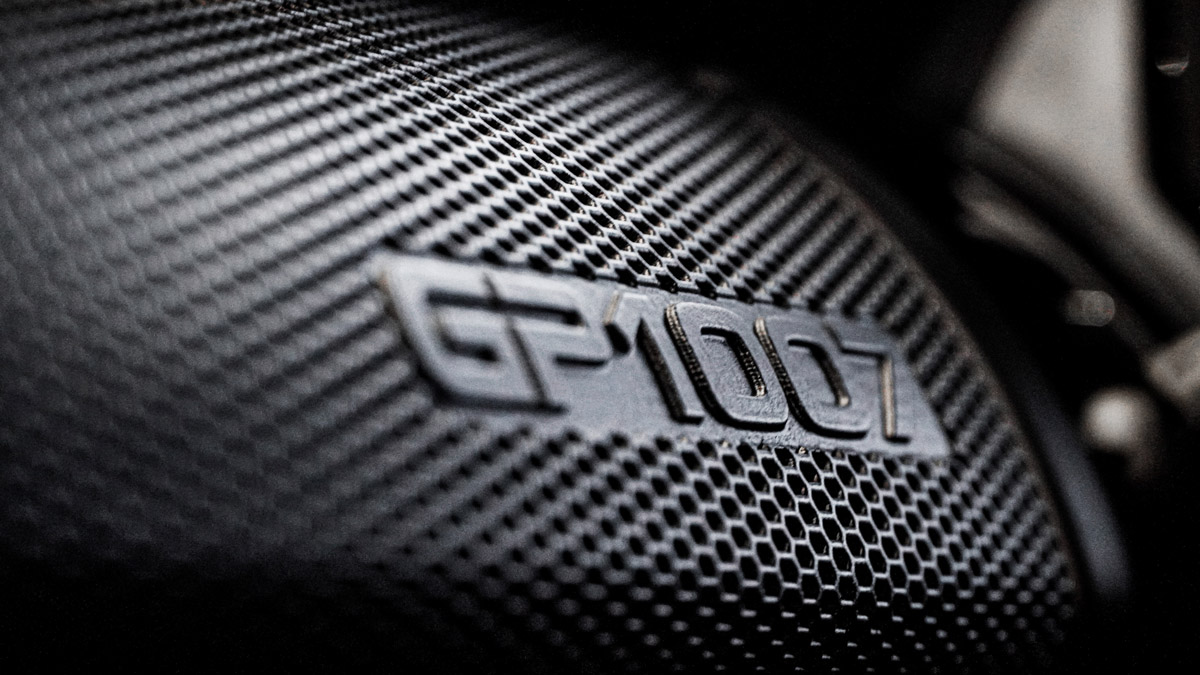

This article was written by Connor, one of our founding editors. Connor is a full-time travel and lifestyle photographer with extensive experience in the outdoors industry.
Trying to make sense of speaker specifications when you’re not entirely familiar with what the data means can be a real pain. This is especially true when manufacturers display confusing specs that don’t mean a whole lot, just to make their speakers sound appealing.
One of the best ways to test how a speaker performs is to simply listen to it. Having said that, a speaker’s specifications offer a good insight into its ability to produce the sound you require it.
Often, you don’t have the chance to test out speakers in a realistic environment, which is why it’s pretty handy to be savvy when it comes to knowing your specs. This is especially true if you do most of your buying online.
In this guide, we’re going to do a rundown of the most common specs you’ll come across so that you can make sense of the data and make a wiser purchase.
Speaker sensitivity is one of the most important of all the specifications because it gives you an indication of the volume you’ll get with a given amount of power in a non-reverberant or non-echoing room. In turn, this will let you know if you’re choosing the right kind of amplifier, as well as the speaker.
Speaker sensitivity is specified in decibels i.e. dB. The average sensitivity rating of a speaker is usually between 87 and 88 dB. In order to test a speaker’s sensitivity, a microphone is placed one meter away from the speaker and the amp is set to deliver a sound to the speaker at 1 watt. The sensitivity can then be seen by the level of dB or reading on the SPL meter.
If you want to up the volume by 3dB, then double the wattage is required. For example, a standard listening volume might be around 84 dB. Want it up to 87 dB? Then you’ll need 2 watts of power instead of 1.
Sound simple enough? Well, it’s time to add a bit of confusion to the mix. Unfortunately, manufacturers can all measure sensitivity slightly differently, so although you might now be able to understand what you’re reading, there are some variations you need to mentally allow for. For example, the bass level of the speaker can throw off the sensitivity rating slightly.
Almost always, speaker impedance is measured in ohms and it relates to the level of resistance to power or, in other words, how much it impedes the flow of power. On average, loudspeakers will normally have an impedance rating of around 8 ohms. You may see this displayed as something like 100 watts into 8 ohms impedance.
It, therefore, makes sense that the lower the impedance rating, the more power gets to the speaker.
But, does this mean it is better? The truth is that a speaker with a very low impedance rating can put a strain on your amplifier over time since it is asking it to draw more power. A high impedance can mean that not enough power is getting through to the speaker.
Generally, it considered that the optimum rating is between 6 and 8 ohms in order to play music at a decent level. If you want to read into this further, Lifewire has done an excellent job at producing an easily understandable speaker impedance guide.
The frequency response rating on a speaker is essentially describing how high and low a speaker can play, normally between 20 Hz (deep bass) and 20 kHz (high pitch). Above and below these frequencies and the average human ear can’t pick it up.
You will usually find that useful ratings will include a deviation of ±3 dB, which gives a sign of how much the frequency can deviate from its neutral point. The best frequency response rating is one that extends beyond what we’re capable of hearing and have a deviation of around ±3 dB.
This is usually displayed in watts and will let you know how much power the speaker can comfortably handle. It’s different from peak power because it gives an idea of how much the speaker can withstand over continued use, rather than just a quick increase in power. Generally, speakers with a higher RMS rating will be able to go louder but do require more power.
Just as we briefly touched upon in the section above, this indicates how much power your speaker can handle for a short amount of time before there is audible distortion and damage. Extended use at, or close to, the peak power rating, and your speaker will become damaged pretty quickly. We’d recommend you aim to keep it below the peak power rating at all times.
Dispersion indicates the directional pattern of the sound which comes from your speaker. What does this mean to you? Well, essentially, it can let you know where is best to listen to your speakers.
For example, a speaker specification rating may read “dispersion 120 degrees”, which would indicate that you can hear the speaker optimally 60 degrees on either side from the center axis of the speaker. A speaker with a wide dispersion rating will perform better for those not directly in front and, interestingly enough, better for those also in front of the speaker.
A smaller speaker will usually have a wider dispersion at low frequencies than a larger speaker. Conversely, a small speaker will have a narrower dispersion at high frequencies. Paying attention to dispersion can be particularly useful when you’re trying to choose a speaker set that will be listened to by a wakeboarder, for example.